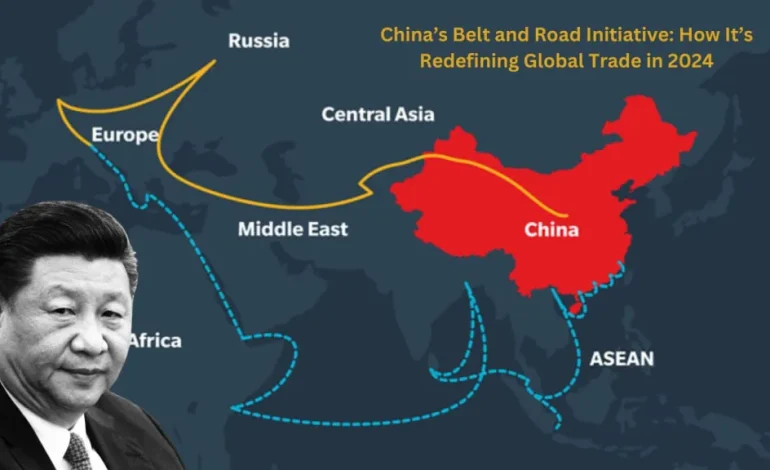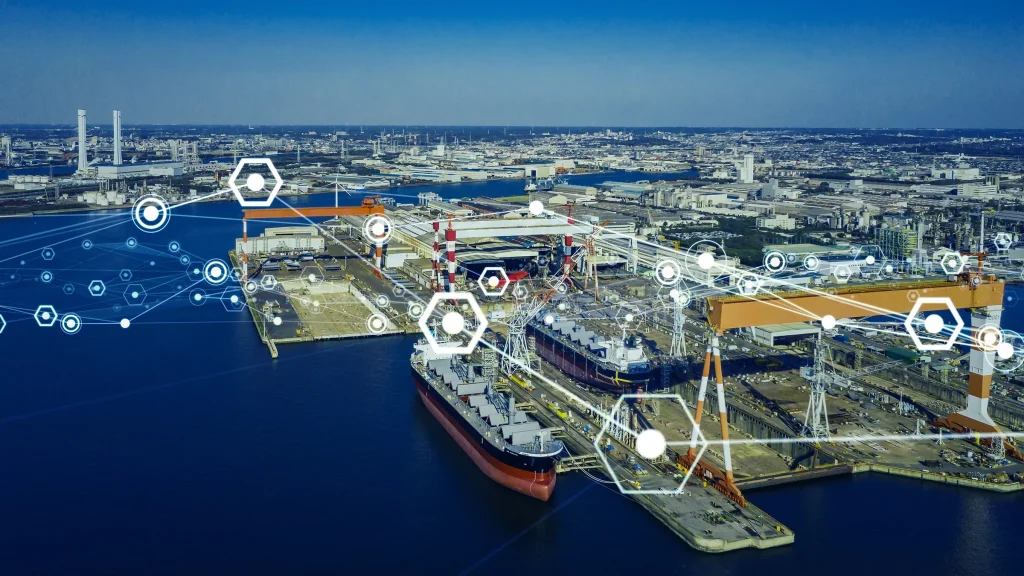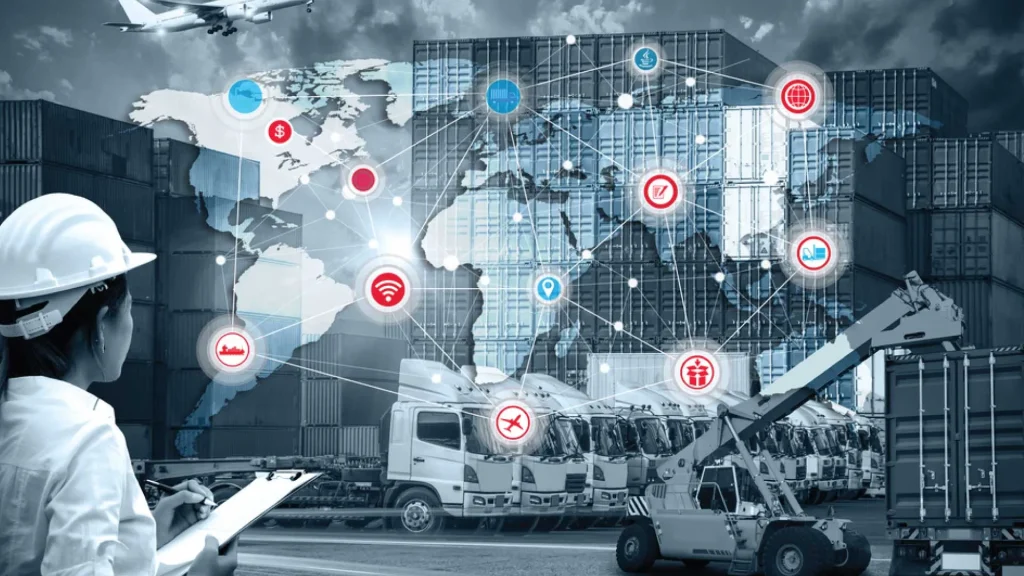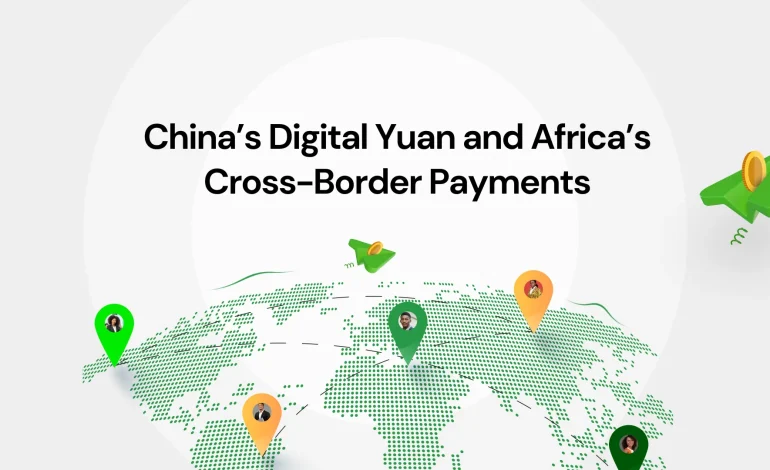How BRI Tech Corridors Are Redefining Trade Connectivity

Introduction
China’s Belt and Road Initiative (BRI) is entering a new technological phase, emphasizing digital infrastructure, AI applications, and smart trade corridors. Recent developments include high-speed fiber networks, AI-powered logistics, and cloud-enabled customs systems across partner countries. Analysts note that these digital corridors not only enhance trade efficiency but also extend China’s technological influence across Asia, Africa, and Europe.
Policy and Implementation Context
In August 2025, the Ministry of Commerce reported that 42 new BRI digital infrastructure projects had been launched, spanning fiber-optic networks, satellite communications, and AI logistics platforms. The government aims to integrate smart ports, AI-enabled customs clearance, and real-time trade monitoring into traditional transport and energy corridors.
The policy emphasizes collaboration between Chinese tech firms and local partners. Companies such as Huawei, ZTE, and Alibaba Cloud are implementing AI-based cargo routing, predictive analytics, and customs automation in BRI partner countries. Analysts note that these initiatives reduce delays, enhance transparency, and improve overall trade reliability.

Impact on Trade and Industry
The BRI digital corridors are reshaping regional trade patterns. AI-powered customs systems reduce clearance times, optimize cargo flows, and improve monitoring of high-value goods. In Pakistan, for example, the Port of Gwadar reported a 28% reduction in average cargo clearance time following AI integration, according to Reuters.
Cloud-based data analytics platforms allow real-time monitoring of shipments, predictive maintenance for transport fleets, and inventory optimization. Analysts highlight that these capabilities create cost savings for shipping companies and manufacturers, while improving reliability for international clients.
Innovation and Technological Integration
BRI tech corridors extend beyond physical infrastructure. Predictive AI models are being used to forecast trade demand, optimize resource allocation, and prevent bottlenecks. Edge computing solutions enable local data processing, reducing latency and improving decision-making for logistics and customs authorities.
Startups and SMEs in partner countries are increasingly adopting these technologies, creating local employment, fostering innovation, and generating opportunities for knowledge transfer. Analysts note that the integration of AI, cloud computing, and digital monitoring strengthens both domestic and cross-border supply chains.

Data
BRI Digital Corridor Trade Efficiency Gains
According to Reuters and the China Commerce Ministry, AI-enabled customs systems and digital logistics platforms implemented across 42 BRI corridors have led to an average 28% reduction in cargo clearance times in pilot ports such as Gwadar, Colombo, and Piraeus. A professional chart illustrating clearance times before and after AI integration shows consistent improvement across multiple ports, demonstrating measurable efficiency gains from digital corridor deployment.
Expert Views
Dr. Liu Wei, a trade and logistics analyst at Tsinghua University, commented, “Integrating AI and cloud computing into BRI corridors is a game-changer for regional trade. It improves efficiency, reduces operational risk, and sets the stage for China to become a global standard-setter in smart logistics.”
Industry executives note that digital corridor deployment also facilitates integration with existing ERP, warehouse, and supply chain management systems. Analysts suggest that BRI corridors equipped with AI-based monitoring and predictive analytics will enhance both trade resilience and investor confidence in regional infrastructure projects.
Global Implications
The digital corridors have implications beyond the BRI region. Reduced transaction times, predictable logistics, and AI-enabled monitoring increase trade reliability and attract foreign investment. Analysts note that countries importing Chinese technology or integrating into the corridors can benefit from faster, transparent, and more cost-effective supply chains.
Moreover, the AI and cloud-enabled infrastructure provides a foundation for integrating digital financial systems, cross-border payments, and secure trade settlements. This strengthens China’s strategic position in global trade, offering both technological leadership and economic influence.
Strategic Outlook
China’s BRI tech corridors demonstrate a shift from traditional infrastructure to technology-driven trade networks. By combining AI, cloud computing, and predictive analytics, the country is redefining connectivity, reducing inefficiencies, and establishing international standards for digital trade. Analysts predict that as more BRI corridors implement AI and digital systems, the cumulative impact on trade speed, cost, and reliability will continue to grow significantly.
Conclusion
BRI digital corridors are transforming international trade by integrating AI-powered logistics, smart customs systems, and cloud-based monitoring. Data from pilot ports highlights measurable efficiency gains, while global observers recognize the strategic value of these innovations. Analysts conclude that China’s focus on digital infrastructure enhances regional trade connectivity, strengthens technological influence, and sets a blueprint for global smart trade networks in the coming decade.






